In the world of soccer, midfielders embody versatility, intelligence, and an unparalleled ability to impact matches.
Positioned centrally on the field, between the defensive line and the forwards, they possess the unique capacity to influence every aspect of the game.
Whether it be winning back possession, launching daring attacks, or distributing the ball with precision, midfielders serve as the engine room of any successful team.
In this article, we delve into the essence of what it truly means to be a midfielder in the captivating world of soccer.
We explore the diverse roles, responsibilities, and attributes that define these players, examining their indispensable contributions to the game and the qualities that set them apart from their teammates.
What do you do as a midfielder in soccer?
A midfielder assumes a pivotal position, stationed at the heart of the field, strategically positioned between the defensive unit and the forward line. Acting as the crucial connection between attack and defense, their primary objective is to seamlessly bridge the two positional areas.
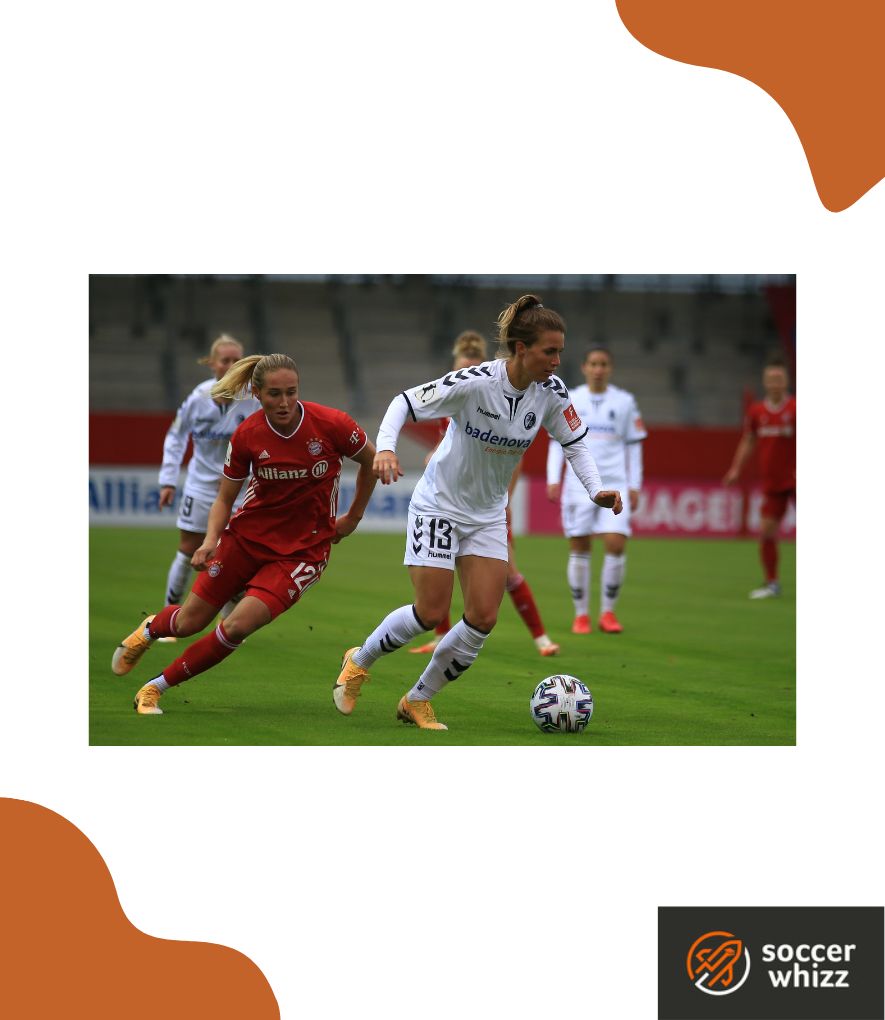
A midfielder is entrusted with the responsibility of not only safeguarding their team’s goal but also initiating potent offensive manoeuvres.
In essence, their role encompasses a delicate balance of defensive solidity and creative flair, as they aim to exert influence and dictate the rhythm and pace of the game.
What different types of soccer midfielders are there?
There are four main types of midfielder in the beautiful game.
Check out the list below:
1. Attacking midfielder
An attacking midfielder bears the onus of actively contributing to the team’s offensive endeavors against the opposition, as implied by their designation.
Occupying a position slightly ahead of their fellow midfielders yet behind the team’s attacking players, their primary focus lies in fortifying the attack rather than assuming defensive duties.
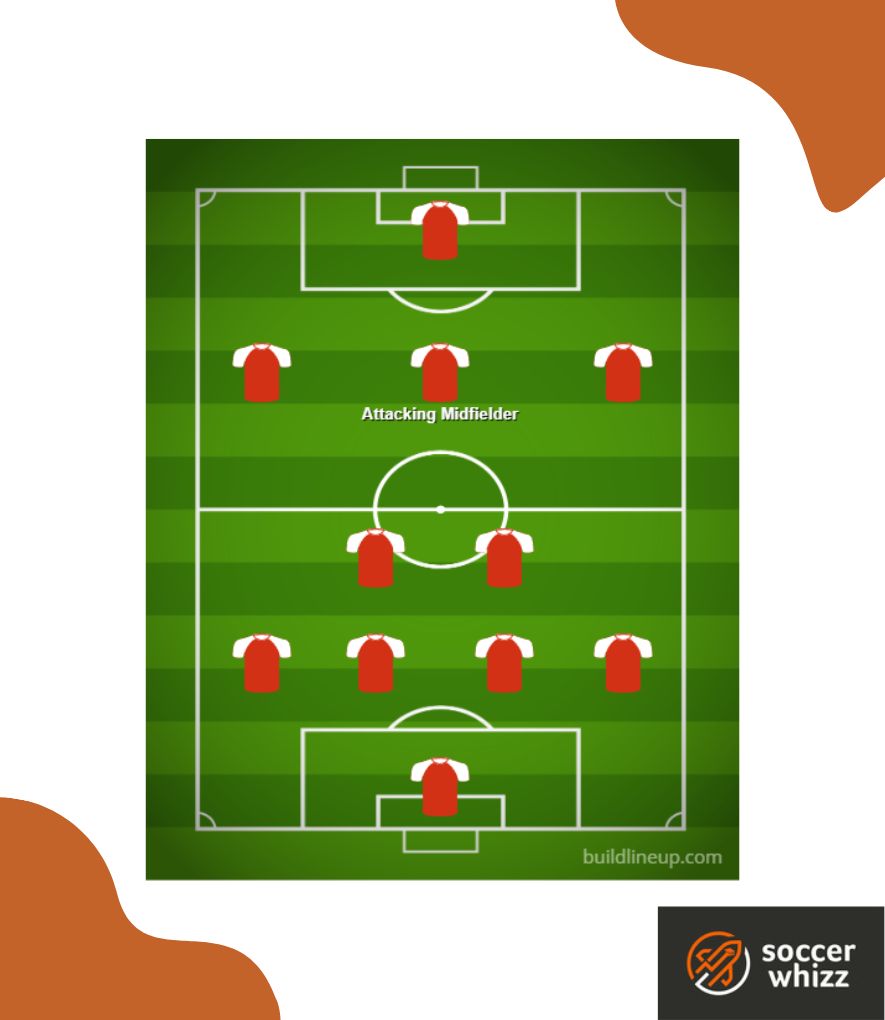
This strategic positioning grants them the freedom to advance further up the field, closer to the opponent’s goal, precisely when their presence is most required.
Unburdened by the defensive responsibilities shouldered by other midfielders, attacking midfielders wield the opportunity to exhibit their skills in the more advanced areas of the playing field.
Renowned for their ingenuity and inventiveness, these players are expected to craft scoring opportunities for the forwards.
Their astute vision allows them to anticipate and identify potential passing lanes or the impending movement of teammates, often before anyone else on the field.
Indeed, the impact of a truly exceptional attacking midfielder can be transformative, becoming the decisive factor in whether or not scoring opportunities are created throughout a match.
Their ability to unlock stubborn defenses and unleash the full potential of their team’s attacking prowess makes them invaluable contributors to the game.
2. Defensive midfielder
The role of a defensive midfielder revolves primarily around providing defensive support to the team.
Positioned just ahead of the defenders and at the deepest point among the midfielders, their main objective is to fortify the defensive line.
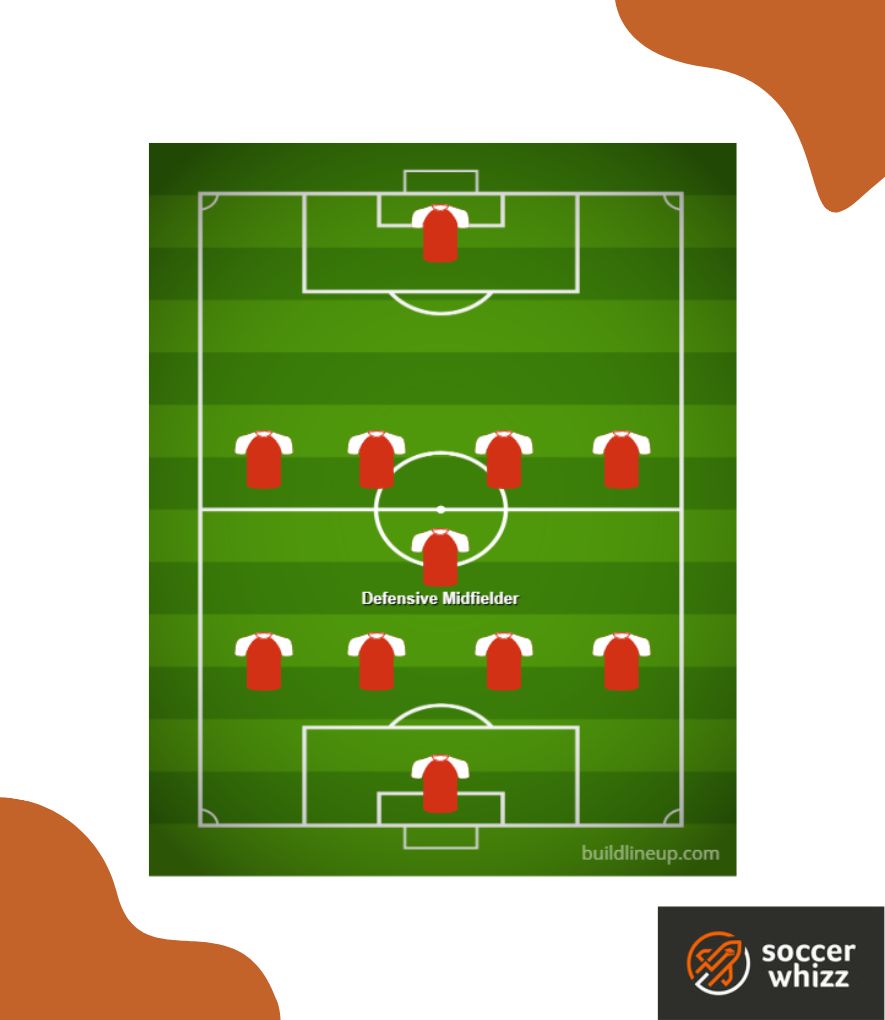
When the opposing team gains possession of the ball, the defensive midfielder promptly drops back, adding numerical strength to the defense.
This increased defensive presence aids in thwarting the opponent’s attack and facilitates the retrieval of possession, allowing the midfielders to regain control of the game.
A proficient defensive midfielder possesses a remarkable ability to read the flow of the game.
They possess a keen awareness of unfolding events and an uncanny knack for predicting future developments.
This heightened perceptiveness empowers them to intercept passes and effectively disrupt the opposition’s tactical maneuvers.
Furthermore, a defensive midfielder must excel in tackling.
Frequently positioned in situations where they must halt the progress of attacking players, their timing in executing tackles becomes paramount.
They must possess a finely tuned sense of anticipation, enabling them to accurately predict the movements of their adversaries and execute timely challenges with precision.
In essence, a defensive midfielder’s proficiency lies in their adeptness at defensive duties, their tactical acumen, and their capability to execute well-timed tackles.
They play a crucial role in safeguarding the team’s defensive integrity and neutralizing the opposing team’s attacking threats.
3. Wide midfielder
A wide midfield player, commonly referred to as a winger, is stationed on the outer edges of the team’s formation, occupying the flanks known as the “wings,” adjacent to the touchline.
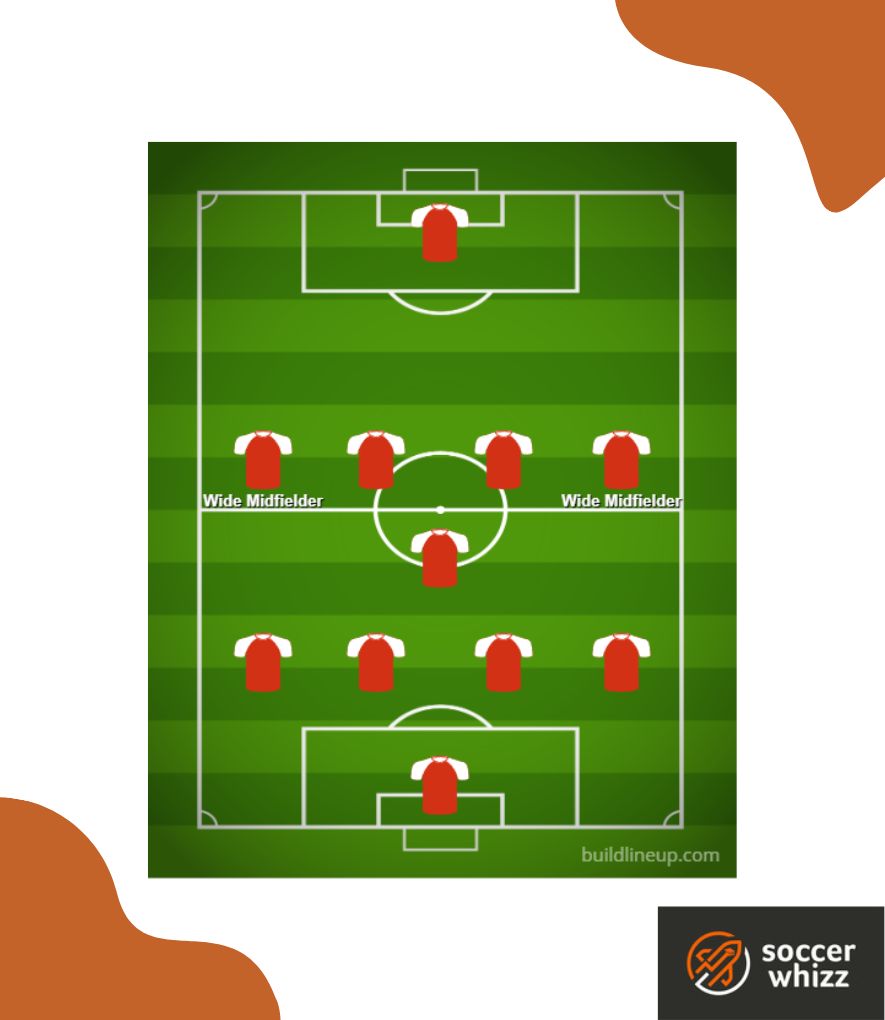
Wingers typically showcase exceptional speed and agility, making them some of the swiftest players on the team.
Their role involves incessantly traversing the field, diligently pursuing the ball when it is passed to them, and swiftly advancing towards the goal with the ball at their feet.
Moreover, precision in crossing becomes a defining attribute for wide midfielders.
They are expected to exhibit pinpoint accuracy in their delivery when sending crosses or striking the ball into the opposing team’s penalty area.
This skill enables them to supply their teammates with goal-scoring opportunities and contribute to the team’s attacking endeavors.
The strategic deployment of wide midfielders is often employed to stretch the opposition’s defense.
By staying close to the touchline, their objective is to entice the opposing players to venture out towards them, thereby creating additional space in the central areas of the field.
This expanded area allows attacking midfielders and forwards to exploit the gaps and gaps in the defense, maximizing their potential to forge goal-scoring opportunities.
4. Central midfielder
The central midfielder assumes the arduous task of shouldering the team’s demanding workload, earning them the well-deserved moniker of the team’s “engine room.”
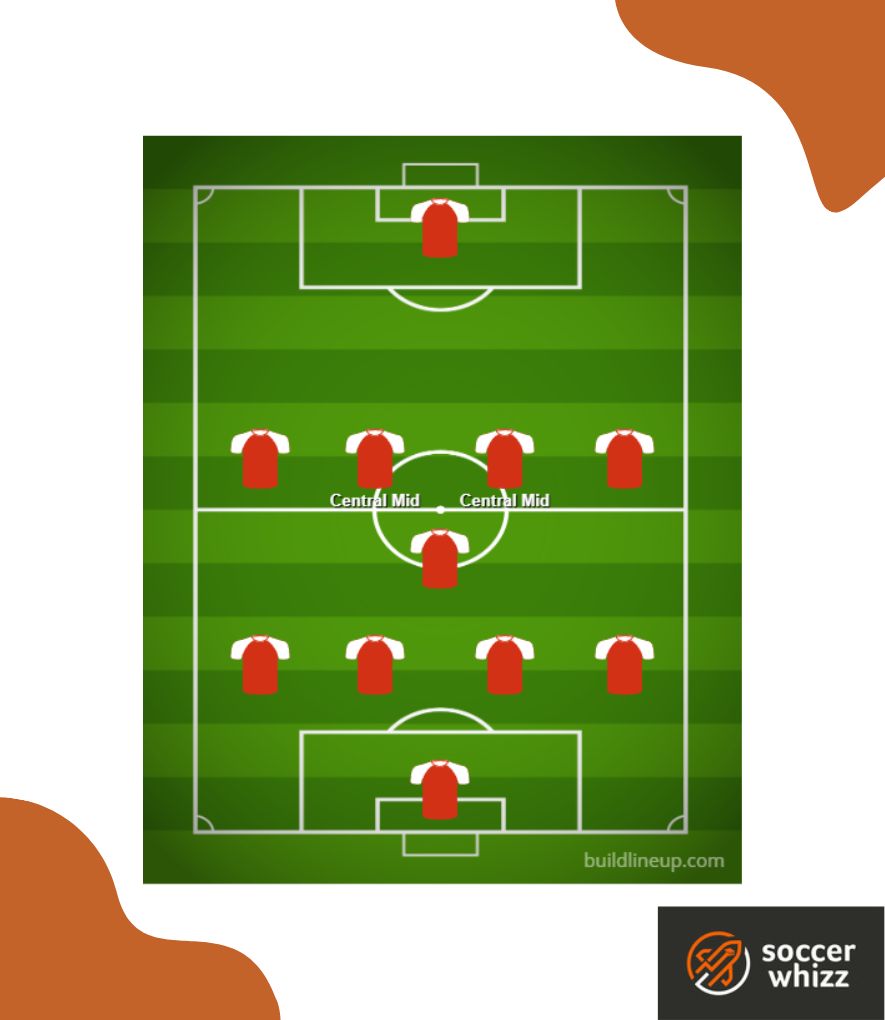
This role necessitates an exceptional level of stamina and an unwavering work ethic.
The central midfielder’s constant presence across the field can give the impression that they are omnipresent, diligently tracking the flow of play and positioning themselves strategically where their contribution will be most valuable.
Dictating the speed and tempo of the game falls under the purview of the central midfielder.
The team often relies on this player to find open spaces, positioning themselves to receive passes from teammates.
With the ball at their feet, they make split-second decisions—either swiftly distributing the ball to maintain the game’s pace or deliberately maintaining possession if a more measured approach is required.
This demanding role necessitates a sharp strategic mind and an unwavering awareness of the ever-evolving dynamics on the field.
Consequently, it comes as no surprise that the central midfielder often assumes the mantle of team captain, possessing the acumen to lead and guide their teammates, while remaining attuned to the intricacies of the game.
Which traits should a good soccer midfielder possess?
A midfielder in soccer should possess several key traits to excel in their role.
These traits include:
Versatility
Midfielders need to be adaptable and capable of performing multiple tasks.
They should be comfortable both in defensive duties, such as winning tackles and interceptions, as well as in attacking responsibilities, including creating scoring opportunities and contributing to goal-scoring efforts.
Passing accuracy
Midfielders are often the main distributors of the ball, requiring exceptional passing skills.

They should exhibit precise and incisive passing ability, enabling them to control the game’s tempo and accurately deliver the ball to their teammates.
Vision and awareness
A strong midfielder possesses exceptional vision and awareness of their surroundings.
They should have a keen understanding of the positioning of teammates and opponents, enabling them to make quick and informed decisions on the field.
Work rate and stamina
Midfielders often cover substantial distances during a match, requiring high levels of stamina and a strong work ethic.
They need to constantly contribute to both offensive and defensive phases, making themselves available for passes, tracking back, and supporting their teammates.
Ball control and dribbling
Midfielders should have excellent ball control skills, enabling them to maintain possession, navigate through tight spaces, and beat opponents with dribbling.
This proficiency allows them to retain control under pressure and create opportunities for their team.
Examples of great midfielders in professional soccer
Here are a few of note:
1. Andres Iniesta
Endowed with extraordinary vision, exceptional passing abilities, and an innate ability to shine in crucial moments, Iniesta’s name will forever be etched in Spanish history.
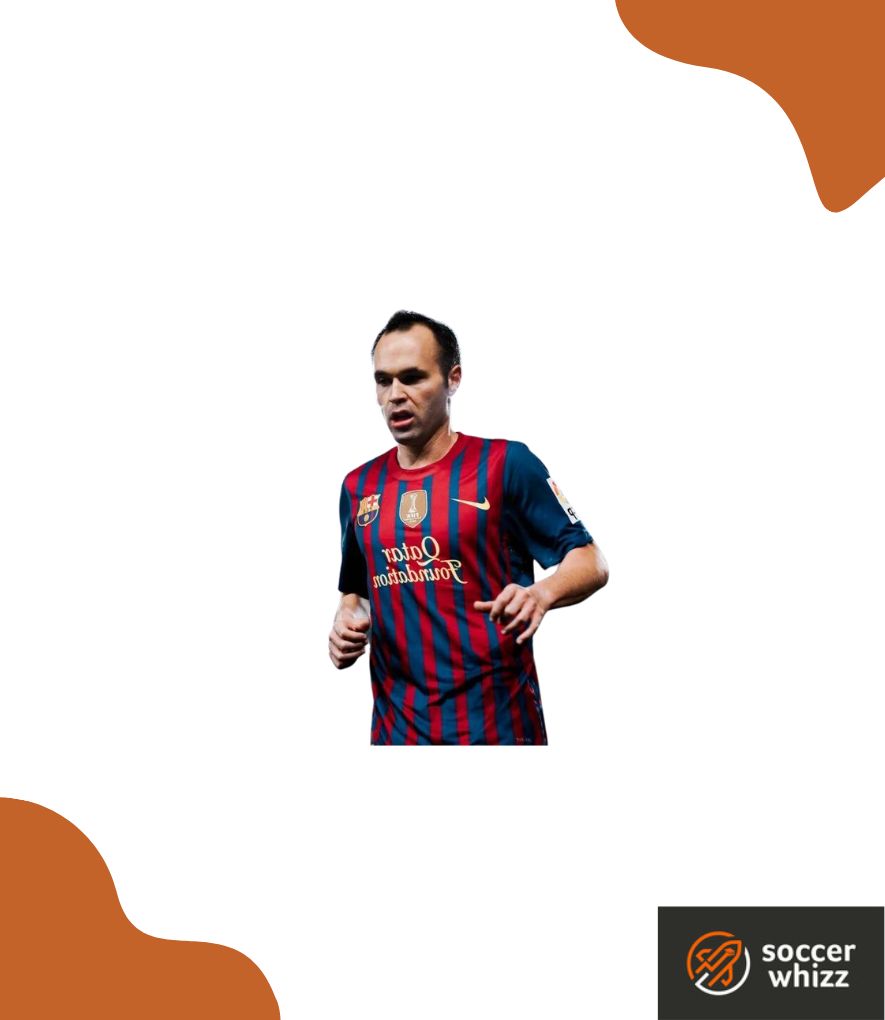
His awe-inspiring display and the decisive goal he scored in the 2010 World Cup final have solidified his legendary status.
2. Lothar Matthaus
Possessing formidable tackling prowess and the ability to unleash powerful shots from long range, Matthaus stands as one of Germany’s most well-rounded midfielders in history.
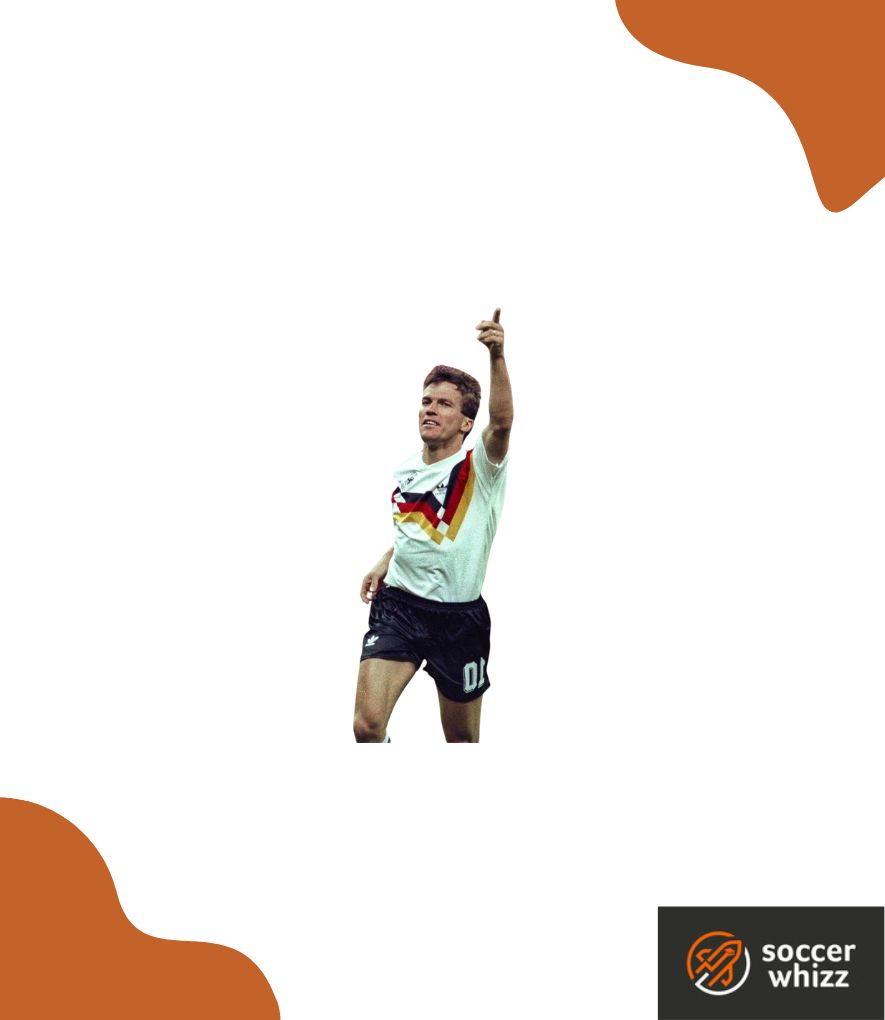
Renowned for his exceptional leadership attributes, the European champion and World Cup winning maestro proudly wore the captain’s armband for both Bayern Munich and the national team.
3. Xavi
Exhibiting masterful passing and playmaking abilities, Xavi effortlessly carved out spaces in midfield, consistently delivering precise passes with impeccable timing.
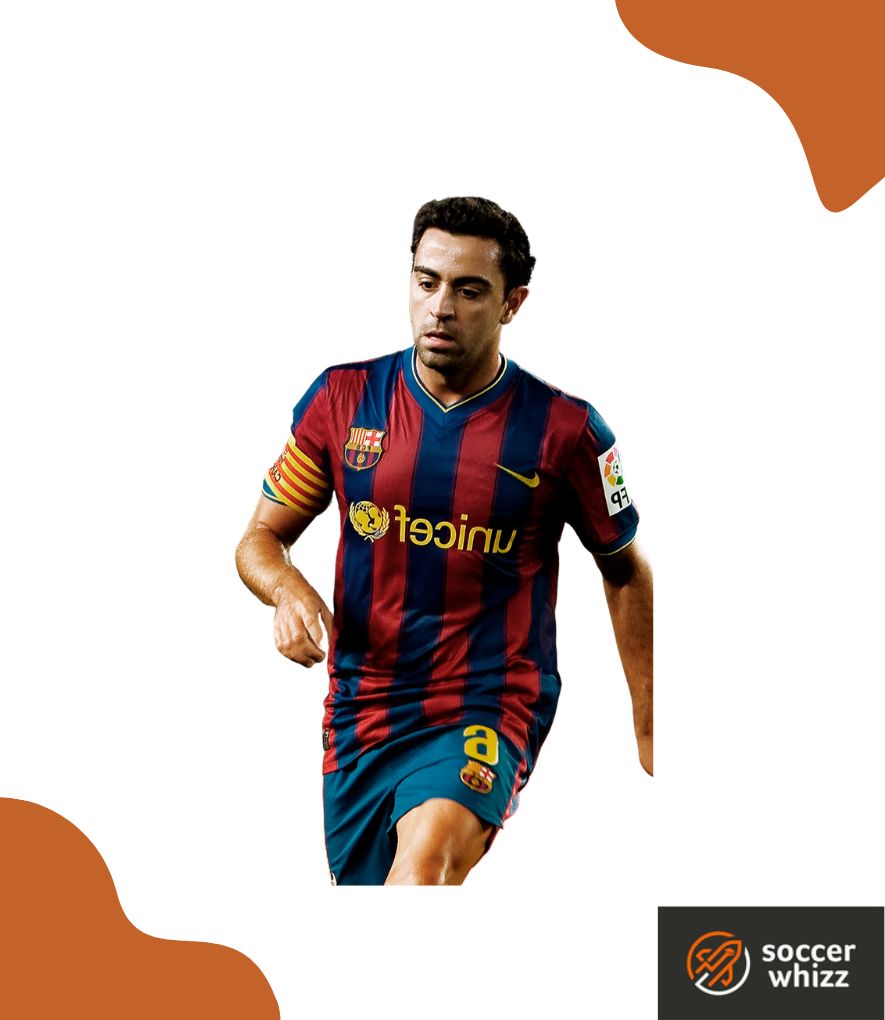
His extraordinary aptitude for passing, combined with exceptional vision and technical prowess, firmly established him as one of the all-time greats among midfielders and players, leaving an indelible mark on the beautiful game.
Why is the midfield position in soccer so important?
As evident from the different roles a midfielder undertakes, this position in a soccer game holds immense significance.
The midfield assumes a pivotal role, serving as the nucleus of the team and the game itself.
Throughout a match, the ball traverses the midfield on numerous occasions, and the subsequent trajectory it takes from this crucial area can dramatically alter the course and ultimate outcome of the game.
Conclusion
In conclusion, the role of a midfielder in soccer is undeniably vital and multifaceted.
Positioned at the heart of the field, between the defenders and forwards, midfielders act as the linchpin that connects the team’s defense and attack.
They shoulder the responsibility of not only providing defensive stability but also initiating and orchestrating offensive moves.
For more information on various soccer positions, you should have a read of the following posts which we’ve published over on the blog:
- what a fullback in soccer means;
- the soccer winger position explained;
- what a striker in soccer represents;
- what a sweeper does in soccer; and
- what the number 10 role in soccer is all about
If you enjoy the content that I create and would like to buy me a coffee, then I’d really appreciate it!
Any money that I earn through this donation will be re-invested into more content for this website.
Additionally, by sending in a donation you’ll also receive a copy of my recently released 190+ page eBook on Soccer Ball Care, as well as be subscribed to our mailing list where you’ll be regularly informed on the latest developments concerning the Soccer Whizz blog.
- Future Icons: Europe’s Emerging Midfield Maestros Set for Glory - December 4, 2023
- Kickstarting a Revolution: How Soccer Transformed the United States Over the Last Four Years - October 7, 2023
- 4-1-4-1 Soccer Formation [Analysis] - September 23, 2023

